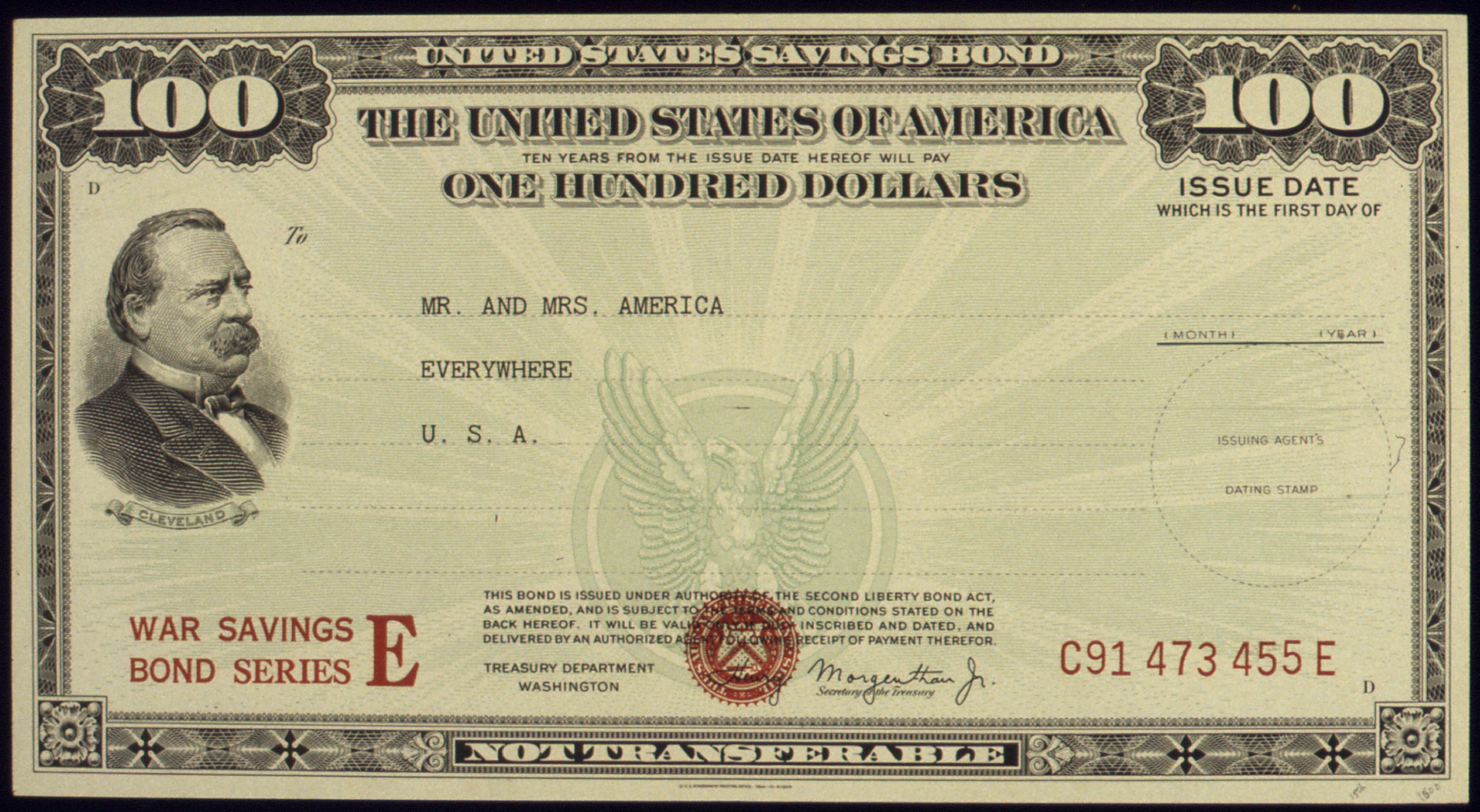Investing in bonds and certificates of deposit (CDs) can be a smart way to generate fixed income and diversify your investment portfolio. Whether you’re a seasoned investor or just starting out, understanding the ins and outs of these financial instruments is crucial.
In this article, we will explore the world of bonds and CDs, their different types, benefits, risks, and how you can maximize returns with them on E-Trade.
What are bonds and CDs?
Bonds and certificates of deposit (CDs) are investment options that allow individuals to earn interest on their money. Bonds are loans made by investors to governments, municipalities, or corporations, while CDs are time deposits offered by banks and credit unions.
When investing in bonds, you lend money to the issuer and receive regular interest payments over a specific period. At maturity, the principal amount is repaid. With CDs, you deposit a certain amount for a fixed term and earn interest on it.
Bonds carry more risk but can offer higher returns depending on the issuer’s creditworthiness. CDs are considered safer investments as the principal amount is guaranteed by the issuing institution.
Both bonds and CDs have varying terms and interest rates, so it’s important to consider these factors when making investment decisions. Understanding their features can help individuals choose investments that align with their financial goals and risk tolerance.
Why invest in bonds and CDs for fixed income?
Investing in bonds and certificates of deposit (CDs) can provide a reliable fixed income stream. Unlike stocks, which can be volatile, bonds offer consistent interest payments over time. This stability is attractive to conservative investors seeking financial security.
Bonds and CDs also offer flexibility in terms of maturity options. Investors can choose from short-term to long-term options based on their goals and risk tolerance. This allows for personalized investment strategies.
Additionally, these fixed-income securities provide predictability. The interest rates are known at the time of purchase, enabling investors to calculate their future earnings accurately.
Furthermore, bonds and CDs are generally considered less risky than other investments. By diversifying portfolios with these assets, investors can reduce overall risk exposure.
Lastly, certain bonds may offer tax advantages. Interest earned from municipal bonds is often exempt from federal income tax, making them appealing for some investors seeking tax-efficient investments.
Overall, investing in bonds and CDs for fixed income offers stability, flexibility, predictability, reduced risk exposure, and potential tax benefits. It’s a valuable strategy when building a well-rounded investment portfolio.
Understanding the Differences Between Bonds and CDs
Bonds and certificates of deposit (CDs) are both fixed income investments, but they have some key differences. Bonds can be issued by governments, corporations, or municipalities, while CDs are typically offered by banks or credit unions.
Bonds can be traded in the secondary market before maturity, whereas CDs have fixed terms and limited liquidity options. Bond interest rates fluctuate based on market conditions and credit ratings, while CD interest rates remain fixed throughout the term. These differences should be considered when making investment decisions.
Exploring Different Types of Bonds and CDs
Treasury Bonds
Treasury bonds are issued by the U.S. government to finance its operations and debt obligations. Backed by the full faith and credit of the U.S. government, they are considered one of the safest investments available.
Key Features:
– Treasury bonds offer fixed interest payments semiannually.
– They have maturities ranging from 10 to 30 years.
– They provide a safe haven for investors during economic uncertainty.
– Interest earned on Treasury bonds is exempt from state and local taxes.
Considerations:
– While generally low-risk, Treasury bonds carry some interest rate risk.
– Inflation can erode the purchasing power of future interest payments.
In summary, Treasury bonds provide stability and reliable income for investors. However, it’s important to be aware of potential risks such as interest rate fluctuations and inflation when considering them as an investment option.
Corporate Bonds
Corporate bonds are issued by corporations to raise capital for various purposes, such as expansion or debt refinancing. These bonds offer higher yields compared to Treasury bonds but also come with increased risk.
Corporate bonds provide regular interest payments based on their coupon rate and come in various maturities to match investors’ income needs. They offer the potential for higher returns compared to government bonds.
However, corporate bonds are subject to credit risk, tied to the issuer’s financial health. They may also be more susceptible to economic downturns or industry-specific risks.
In summary, investing in corporate bonds can provide regular income and potential for higher returns. However, it’s important to consider the credit risk associated with the issuer and be aware of other potential risks.
Municipal bonds
Municipal bonds, or munis, are issued by state and local governments to fund public projects like schools and highways. They offer tax-exempt interest payments at the federal level and sometimes at the state and local levels too.
Investors can support community development while earning income through municipal bonds, which come with different maturities for short or long-term investments. However, bond issuers may face financial challenges that could impact interest payments, and some municipal bonds carry lower credit ratings indicating higher risk.
Thorough research and consideration of these risks are important before investing in municipal bonds.
[lyte id=’rY83xDkvbRE’]






